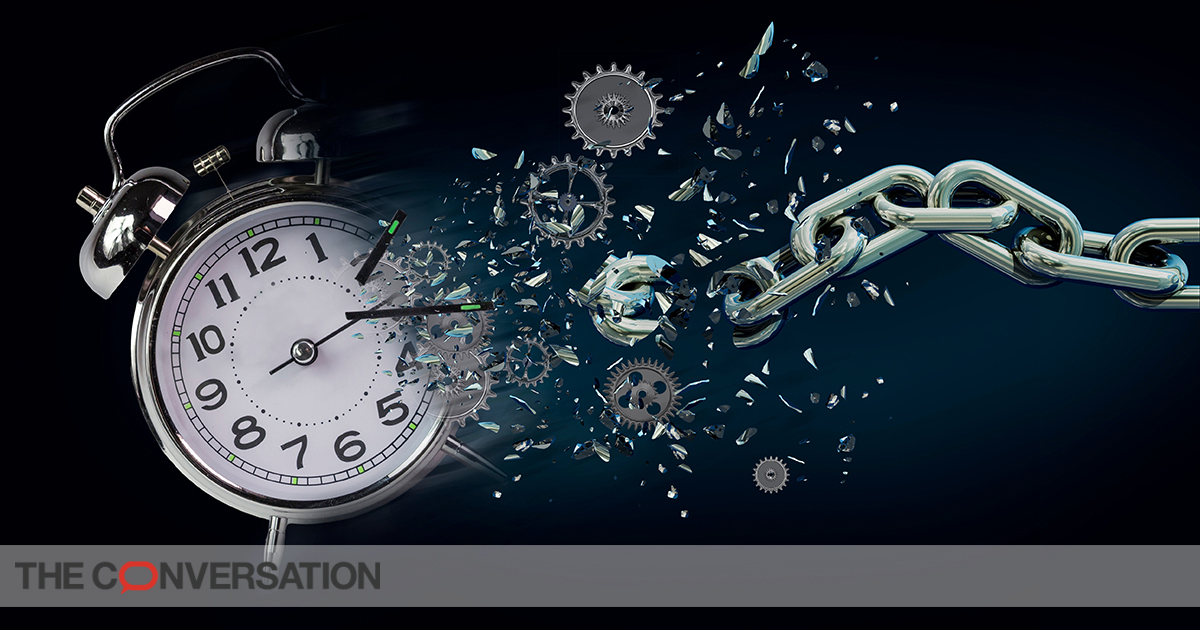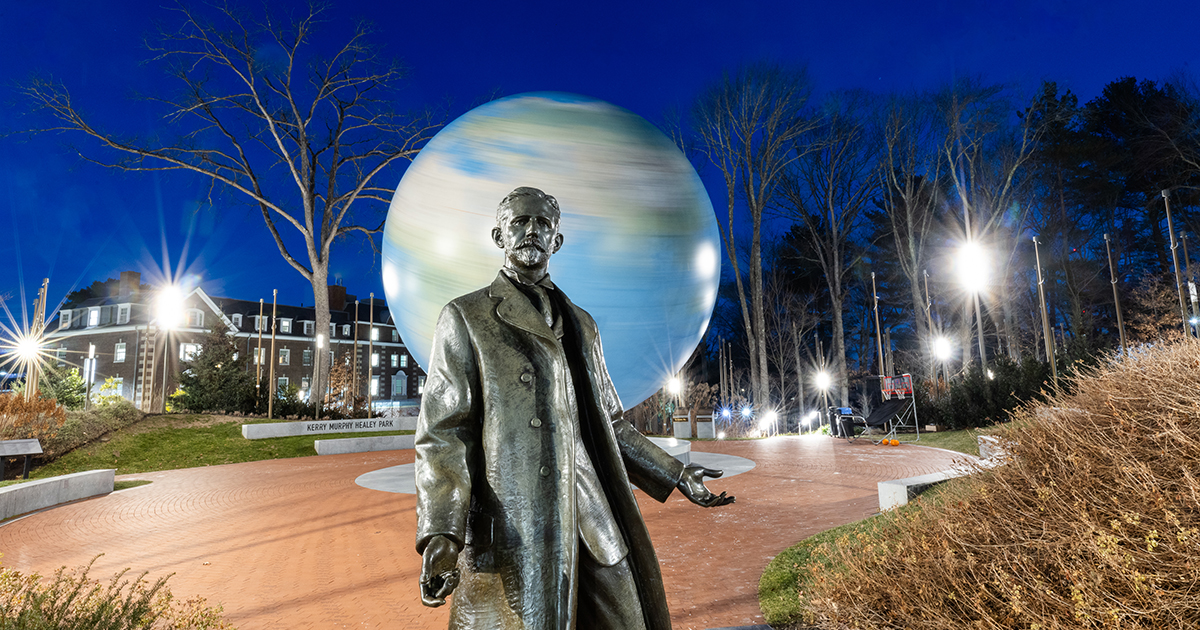Brewing up Success: The Allure of Collaborations in Starbucks x Stanley’s Limited-Edition Cup

How will you be saying ‘I love you’ to your nearest and dearest this Valentine’s Day?
If you’re one of thousands who camped outside Target stores to nab a limited Valentine’s Day edition of a Stanley and Starbucks tumbler, your gift might come with a few bumps and bruises. Customers documented trampling, shouting, and even physical fighting on TikTok as shoppers rushed into Target stores January 3 to buy the hot-pink, 40-ounce Quencher for a cool $49.95. So, why have these large tumblers caused so much shopping mayhem?
Anne Roggeveen, the Charles Clarke Reynolds Professor of Retailing and Marketing at Babson College, said that a recent surge in brand collaborations has helped well-known brands remain top of mind to loyal customers while introducing the item as a limited-edition amps up consumer interest.

“Where there are synergies that benefit both partners, collaboration really has a win-win potential for both brands,” Roggeveen said.
A Brand Win-Win
The Stanley Quencher developed a cult following over the past few years, with customers marveling at the tumblers’ insulating abilities. Pairing up with Starbucks, meanwhile, reaches new markets for Stanley while helping Starbucks appear on trend.
“I think that associating the Stanley tumbler with Starbucks brings it into the awareness of a different set of consumers who might not have thought about Stanley before,” Roggeveen said. “All of this stuff gets perpetuated through TikTok and other social media, and all that buzz feeds into the desire for it.”
Historically, collaborations were rooted in the idea that different partners could bring diverse strengths to the table. While this principle remains, modern collaborations often focus on the connection between brands as a strength, especially in an era dominated by e-commerce giants such as Amazon. Brands are constantly seeking ways to remain connected to their consumers, fostering deeper connections beyond sponsored posts or online marketplaces.
Gone in a Flash
Limited editions play a pivotal role in this strategy, creating a sense of exclusivity and excitement among consumers, Roggeveen notes.
“As a consumer, if there is a limited edition and you’re able to get one, it sets you apart. It strengthens that connection you have with the brand and it creates excitement,” Roggeveen said. “It’s also something that’s unique. It’s a signal, not only to yourself but to everyone else, about how you feel about these brands. Especially because it’s a physical cup, it’s a signal to others, ‘I really like these brands.’ ”
“It’s a signal, not only to yourself but to everyone else, about how you feel about these brands. Especially because it’s a physical cup, it’s a signal to others, ‘I really like these brands.’ ”
Anne Roggeveen, the Charles Clarke Reynolds Professor of Retailing and Marketing at Babson College
Roggeveen pointed out that brands need to be cautious, as any damage to the reputation of one brand can negatively impact the other. The partnership between Stanley and Starbucks appears to be going strong, and Target representatives have indicated they’ll be dropping new Stanley items throughout 2024.
As for Valentine’s Day, customers still thirsting for the Starbucks x Stanley “winter pink” Quencher might have to resort to resale sites like Ebay, where it costs up to $450.
Posted in Insights





